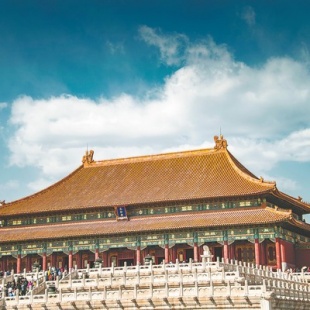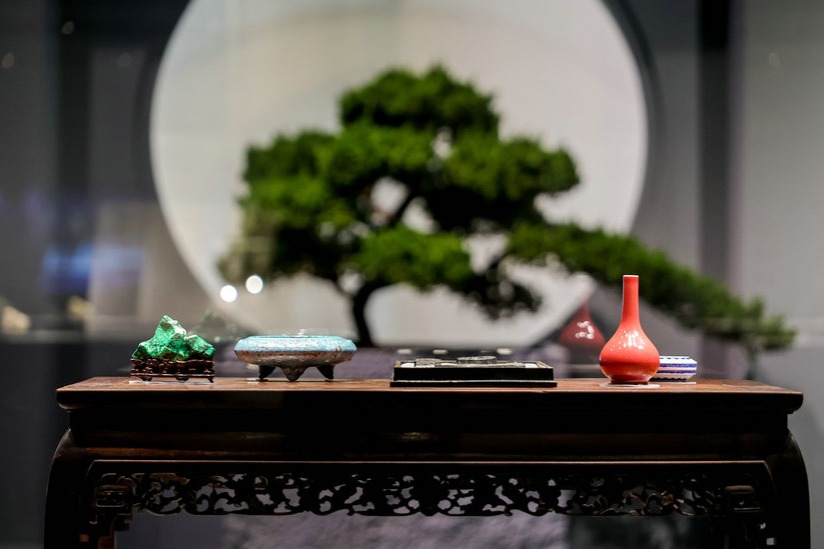Carving out a legacy

Editor's note: There are 43 items inscribed on UNESCO's Intangible Cultural Heritage lists that not only bear witness to the past glories of Chinese civilization, but also continue to shine today. China Daily looks at the protection and inheritance of some of these cultural legacies. In this installment, we find out how China's architects and artisans continue to build on tradition, seeking new ways to implement ancient techniques and natural materials.
Wood, artisans, and exquisite craftsmanship passed down for thousands of years. These constitute the key elements of traditional timber-framed structures, such as those that form magnificent royal palaces like the Forbidden City in Beijing and contribute to the elegant and imaginatively laid out classic gardens of Suzhou, Jiangsu province.
It also allowed ordinary people to reside in neat and simple traditional quadrangle dwellings in Beijing, or Huizhou-style houses with white walls and black-tiled roofs in Anhui, Zhejiang and Jiangxi provinces.
Usually, a traditional Chinese wooden building uses large components, such as columns, beams, purlins and dougong (interlocking brackets), to frame the structure, and sunmao (mortise and tenon joinery) structures to tightly join together the components.

The projecting part, sun (tenon), and the concave part, mao (mortise), seem to bite each other, with each being supported while contained, making the structure stable but flexible, strong and pliable enough to withstand earthquakes.
In 2009, Chinese traditional architectural craftsmanship for timber-framed structures was inscribed on the Representative List of the Intangible Cultural Heritage of Humanity by UNESCO.
Yet, while traditional craftsmanship retains, and emanates, a romance that seems to bring us closer to nature, it is bordering on the impractical in the modern world, where reinforced glass skyscrapers and utilitarian, concrete city blocks are dominant.
At a time when the trend toward taller, larger and stronger buildings seems ubiquitous, there is a group of people determined to keep wood relevant.
What does wood, they ask, as an architectural material, and the artisanship that has been cherished for generations mean for today's world?





































